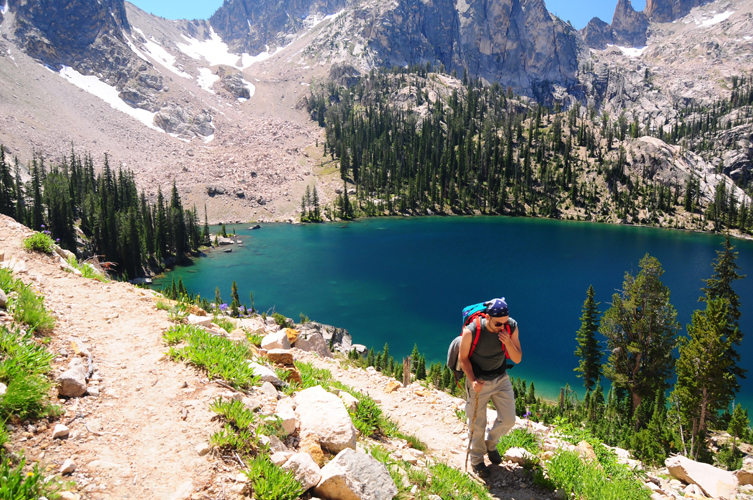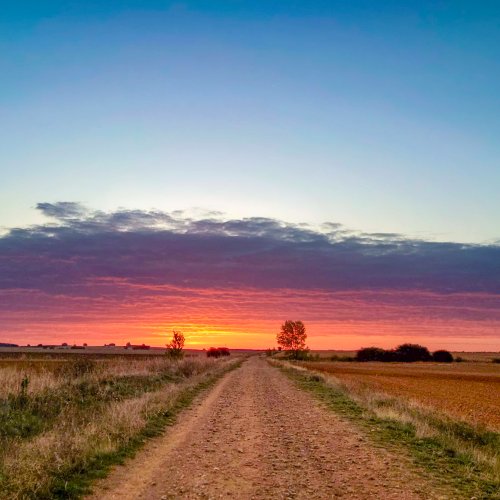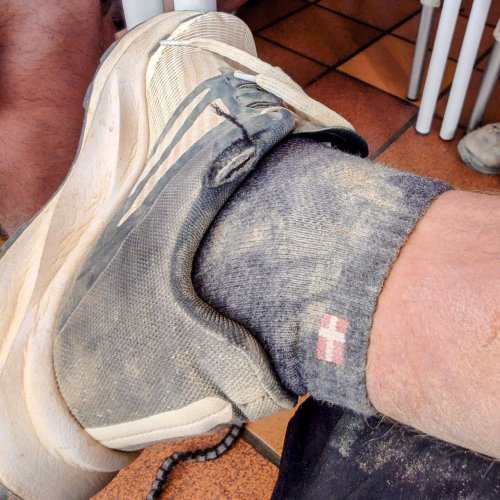gratitudemoves
New Member
- Time of past OR future Camino
- August 2023
Hi all,
I'm planning to walk my first Camino on the Frances in August, and I have a question about my backpack. I own an Osprey Kestrel 48 that I used once about 10 years ago that I was planning to use for the Camino. I've recently been culling my packing list and starting to get a sense of how much my pack will weigh. The Kestrel 48 seems to be on the heavier side - at around 3 lbs 7 ounces. Do you think it's worth me purchasing a new pack - something closer to 35L - to reduce the weight of my pack to closer to 2-2.5lbs? I don't want to purchase a new pack unnecessarily, but I'm also aware of what every extra pound will feel like on the trail.
Thanks for your thoughts!
I'm planning to walk my first Camino on the Frances in August, and I have a question about my backpack. I own an Osprey Kestrel 48 that I used once about 10 years ago that I was planning to use for the Camino. I've recently been culling my packing list and starting to get a sense of how much my pack will weigh. The Kestrel 48 seems to be on the heavier side - at around 3 lbs 7 ounces. Do you think it's worth me purchasing a new pack - something closer to 35L - to reduce the weight of my pack to closer to 2-2.5lbs? I don't want to purchase a new pack unnecessarily, but I'm also aware of what every extra pound will feel like on the trail.
Thanks for your thoughts!

























